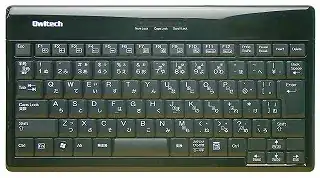TL;DR: make sure that important keys aren't hard to reach.
I second wvxvw's answer about Kinesis as preventative against "Emacs Pinky". I've used mine for 14 years so the investment has pretty much paid off by now I'm sure. On the Kinesis, I mapped the bottom row to modifiers (s-H-C-M / M-C-H-s) and have Mode_switch on thumb keys to access "embedded arrow keys". This set up leaves very little to be desired.
There are still times when I have to or choose to type on a laptop, and I have something similar set up, remapping the number row to modifers, and putting the number symbols on the function keys (see my .xmodmap or .xkb file for details). This, again, means that there is little torsion on my wrists, and no stress at all on the pinkies.
In recent months I've noticed some stress in the fingers I use for Control and Mode_switch on the laptop. It's always a good idea to try to reduce stress when you notice it. I played around with sticky keys, but I found that current support for them leaves a lot to be desired. A pity, because they are a really good idea.
However, I've had some luck with God mode, which is like a souped up sticky Control key, but only within Emacs. Messing around with that and Evil mode, I observed that it is straightforward to define a similar sticky Meta key -- or you could define other modifiers or embedded layers. evil-dvorak is one related optimization, although the selected keymap is somewhat personal.
To summarize the main ergo-relevant customizations that have helped me "live in emacs" to a reasonably high degree:
~10 years: Kinesis, dvorak, Xmodmap/Xkb, Ratpoison (important: set RP's escape to something within reach, C-t is the default, but that can easily be improved upon)
~1 year: Pentadactyl (with Emacs bindings), God mode + Evil mode (an unholy alliance), and switching to a standing desk during part of the day. Also, Helm for quickly entering commands.
